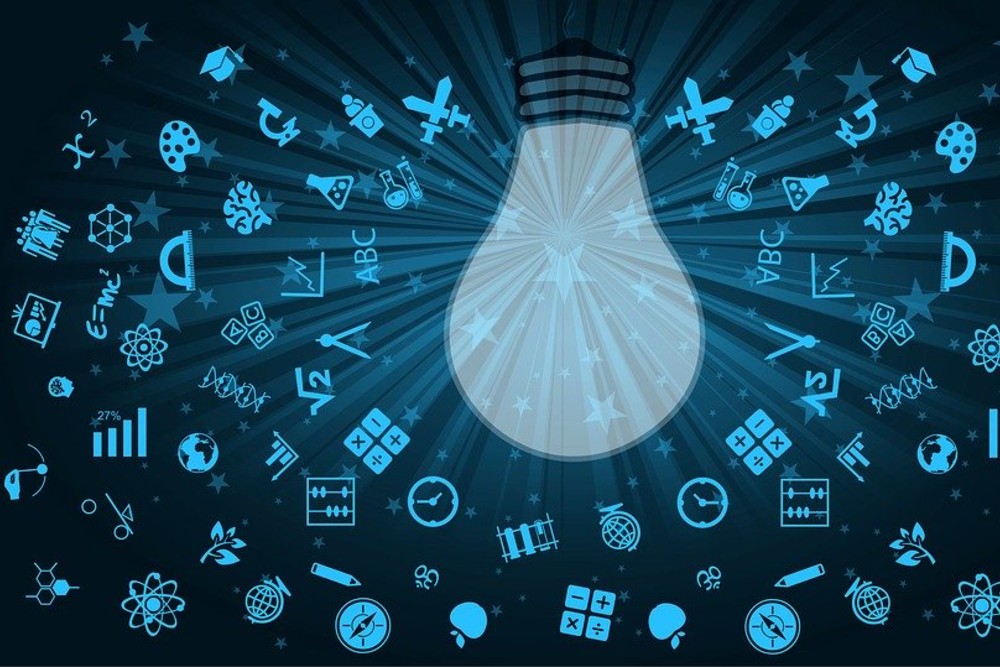Education has been one of the most affected institutions by the coronavirus pandemic. The need for education changes has never been more important than it is right now. Data from UNESCO shows that over 1.5 billion students are already at home due to restrictions placed due to the spread of the virus. This has resulted in a complete evolution of education and how teachers interact with their students.
Five weeks ago on Sunday 23rd February, rumors had already started spreading in Italy that schools in the Lombardy region would close. The region is an economic hub in Italy and these reports were depressing to many since the region’s cases of coronavirus were already soaring. Although the decision was understandable at the time, there were questions of whether an alternative could be in place to ensure students are not affected by this decision.
Fast forward to now, when the schools are still open and students and teachers are still interacting. However, the educational process had undergone a transformation that allowed students and teachers to interact virtually. The students’ education was not brought to a halt by the pandemic.
Education changes
Andreas Schleicher, head of education at the OECD, said all the red tapes that kept changes away were gone. People were now looking for revolutionary changes during this pandemic. If there was anything to take home about this pandemic, it was the fact that people valued education and were willing to be innovative to adapt to educational changes taking place around the globe.
He continued by saying,
Real change takes place in deep crisis. You will not stop the momentum that will build.
This was a clear indication of the preparation the schools, education stakeholders and guardians were taking to safeguard their children’s educational interests.
Technology inequalities
Around the world, the model carried out by Italy is being hailed as a blueprint for those schools already in lockdown. However, it has not been an easy task for implementing the model. There is a huge inequality between countries’ resources which has hindered developing countries from making education changes during this crisis.
Even for more developed countries such as the US, the Education Department has indicated that there will be inequality in the number of students able to access virtual education. This was highlighted by Betsy Devos who argued that it was, however, better to implement the system nonetheless so that those who can access the education not to miss out.
OECD data showed countries such as the Netherlands, Poland, Norway and Slovenia students had a 95 percent chance that they had access to a computer. This was in sharp contrast to other developed countries such as the US which data showed a quarter of students from underprivileged families had no access and developing countries which data showed would have a hard time accessing computers for their education.
The stack difference exposed the need for Edtech adoption in the education system. It also highlighted why the education system needs an overhaul. As schools continue to search for their paths on how they can connect with their students. It is evident that a lot has to be done to address the technological inequalities between countries, schools and students.
Featured image by Pixabay







